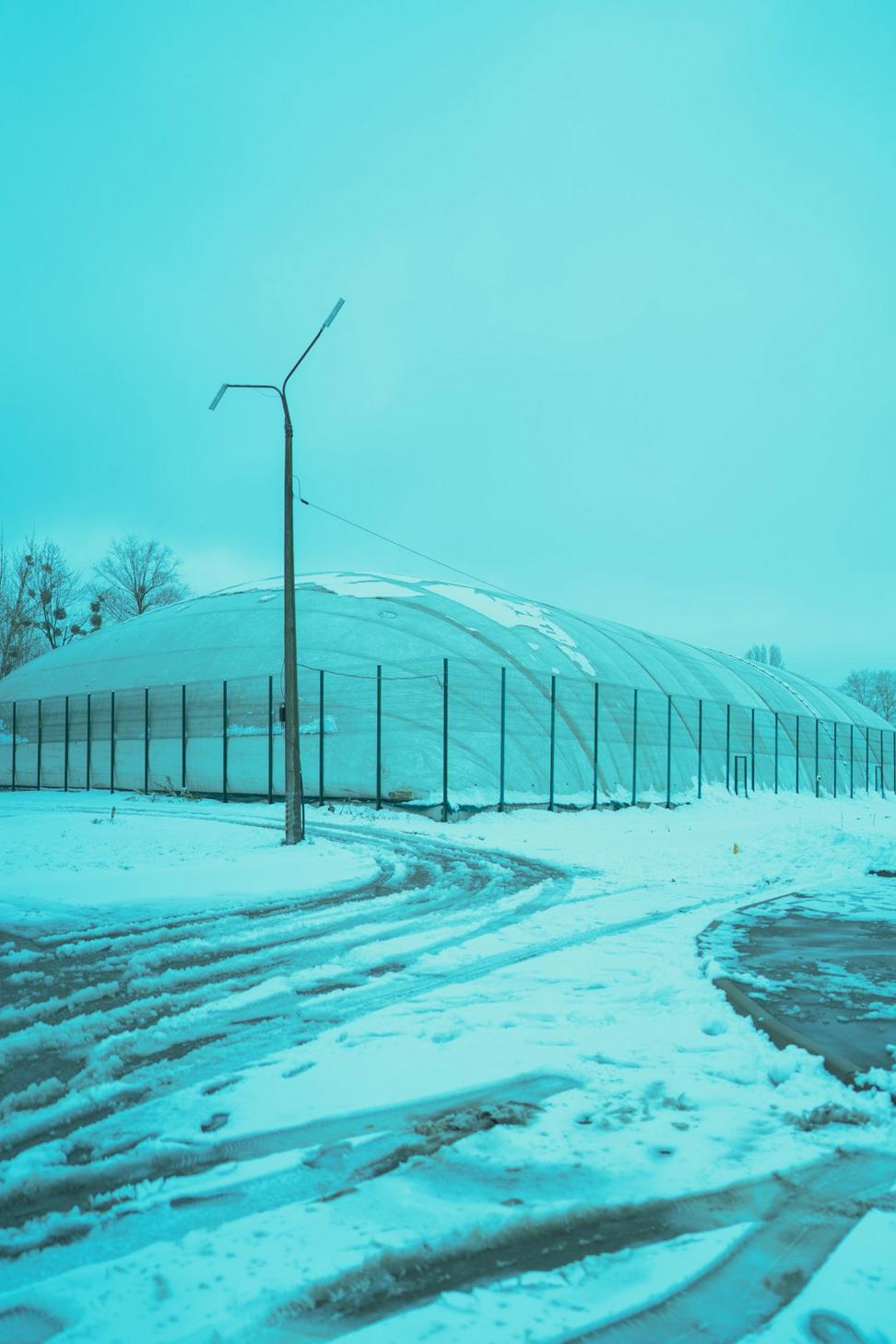
Winter Gardens That Actually Work
Look, I've spent 15 years figuring out how to keep plants alive when it's minus twenty outside. Here's what we've learned from building conservatories across BC's harshest climates.
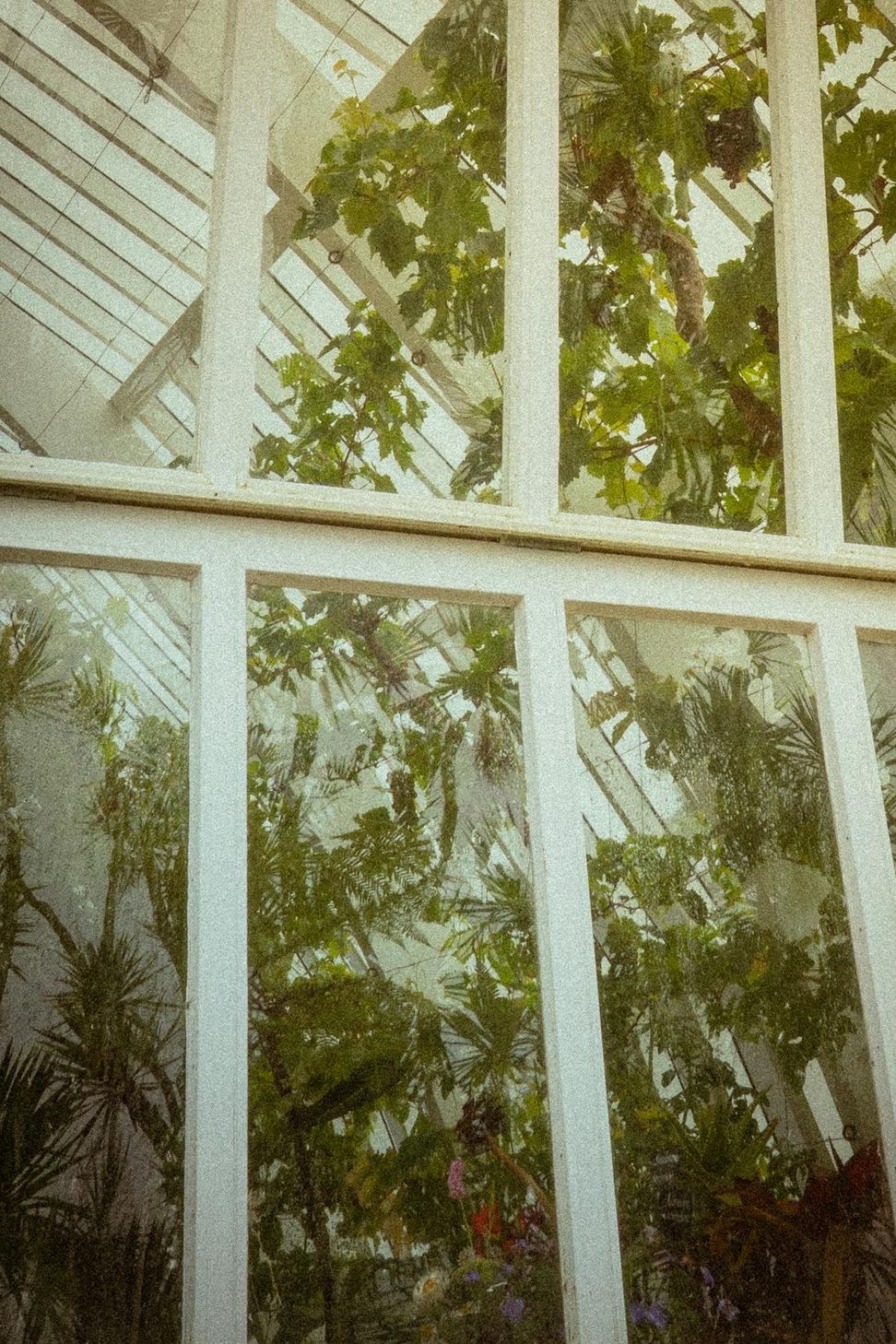
So here's the thing - everybody wants a greenhouse until they see their heating bill in February. Or worse, they watch their tomatoes freeze because the "professional" installer didn't account for Vancouver's wild temperature swings.
We got into this game after a client's $40k conservatory turned into an expensive storage shed. That hurt to see. Since then, we've obsessed over thermal bridging, vapor barriers, and passive solar gain till our families got sick of hearing about it.
Every project starts with actual climate data from your specific location - not some generic chart. Because what works in Kelowna won't cut it in Prince George, y'know?
Let's Talk About Your Space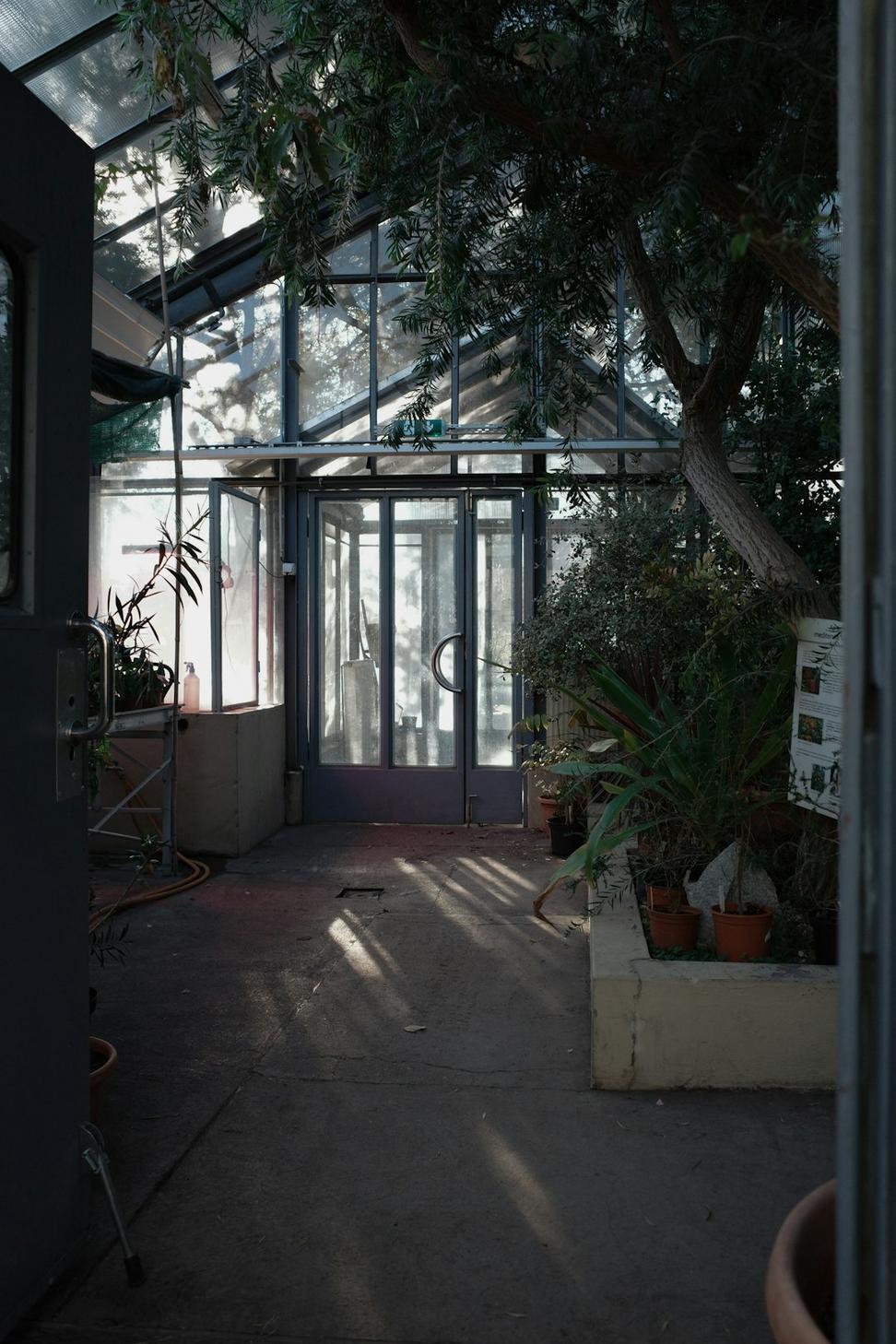
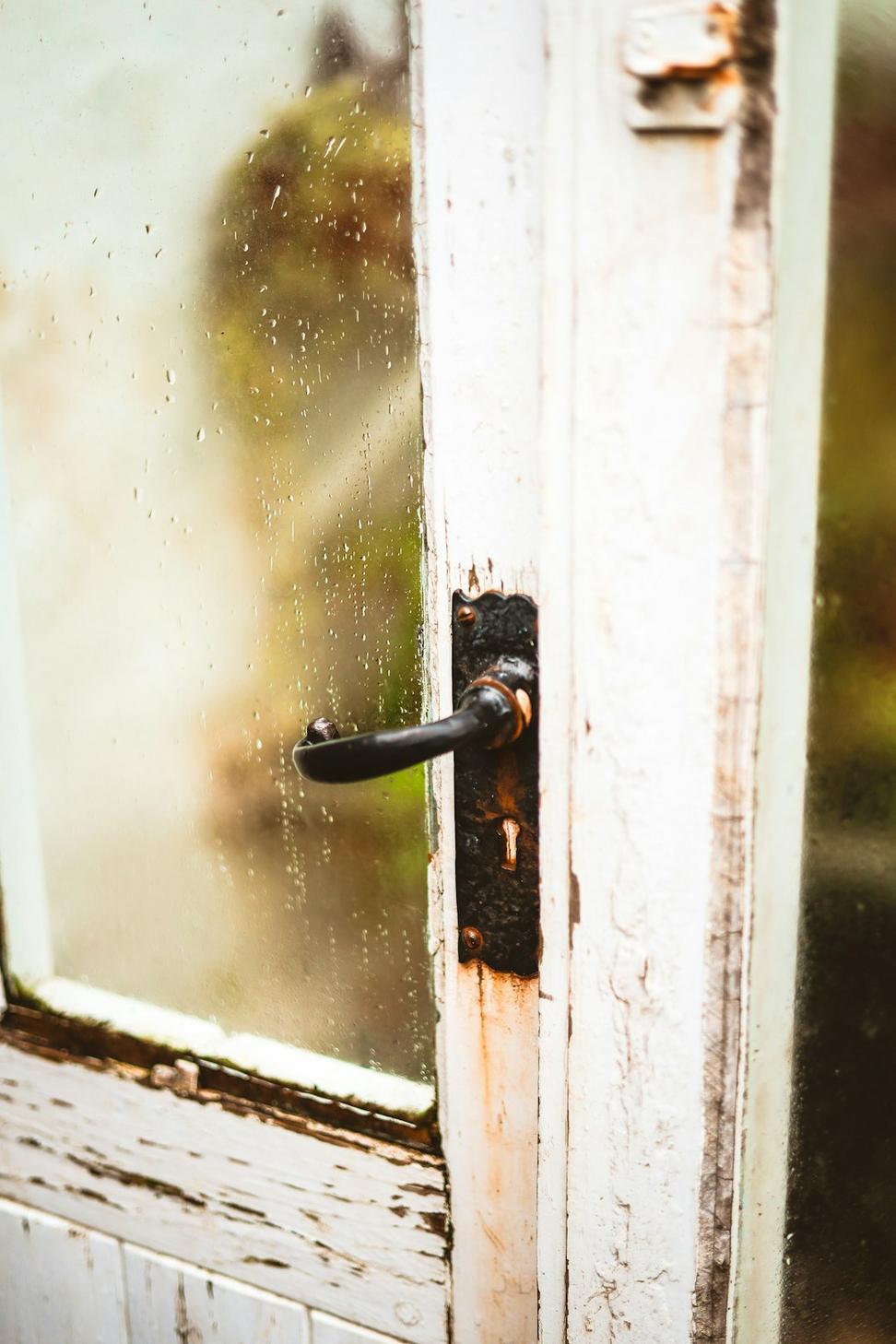
Location: North Vancouver, BC
Year: 2023
Size: 320 sq ft
This one nearly killed us, honestly. The original greenhouse from the 80s was basically a heat sieve with aluminum frames and single-pane glass. Owner was spending $300/month just to keep it barely functional.
We ripped out everything except the foundation, installed triple-pane low-E glass, added thermal breaks everywhere, and built a proper heat recovery ventilation system. Now it runs about $45/month in winter and actually grows stuff year-round. That's the difference good design makes.
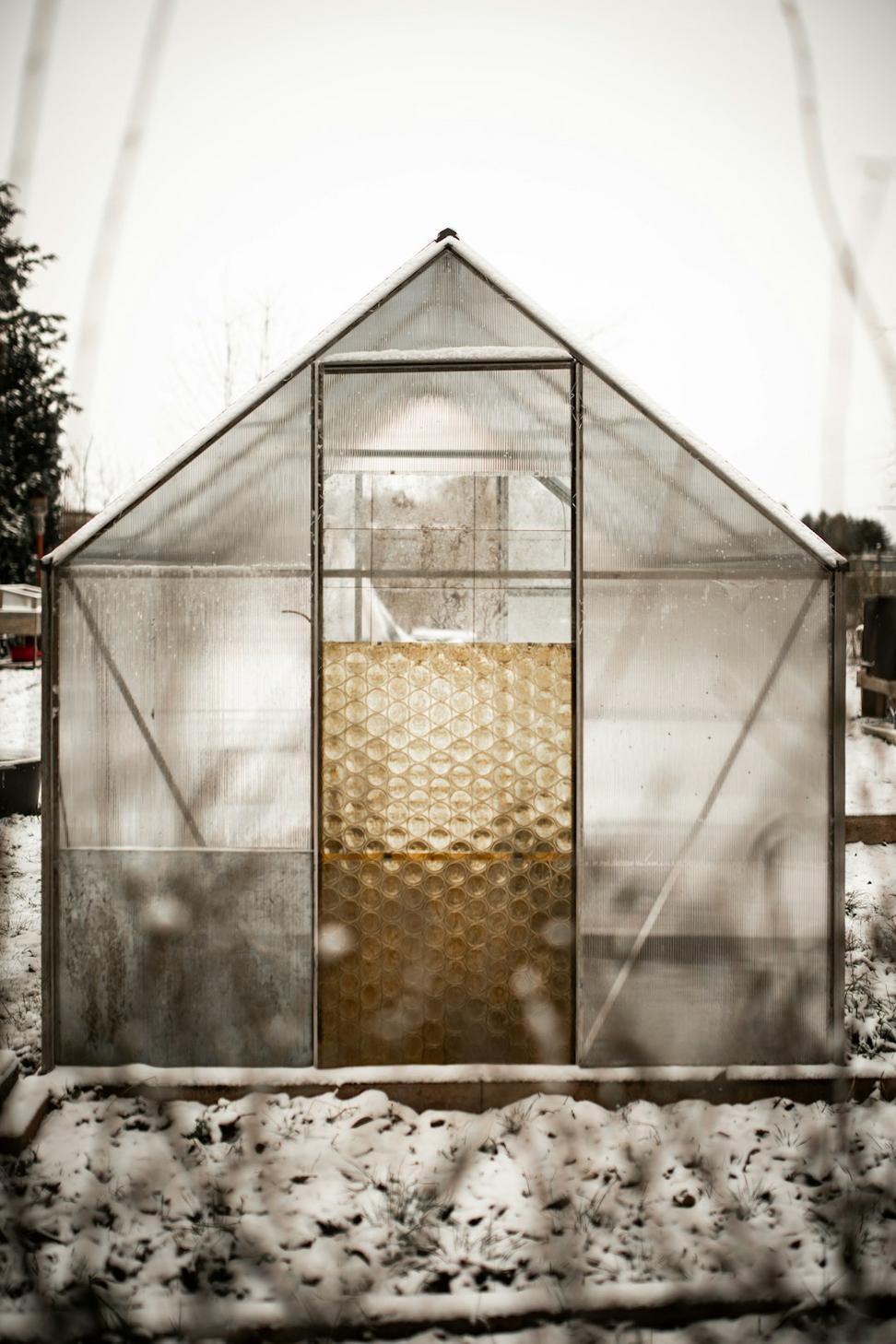
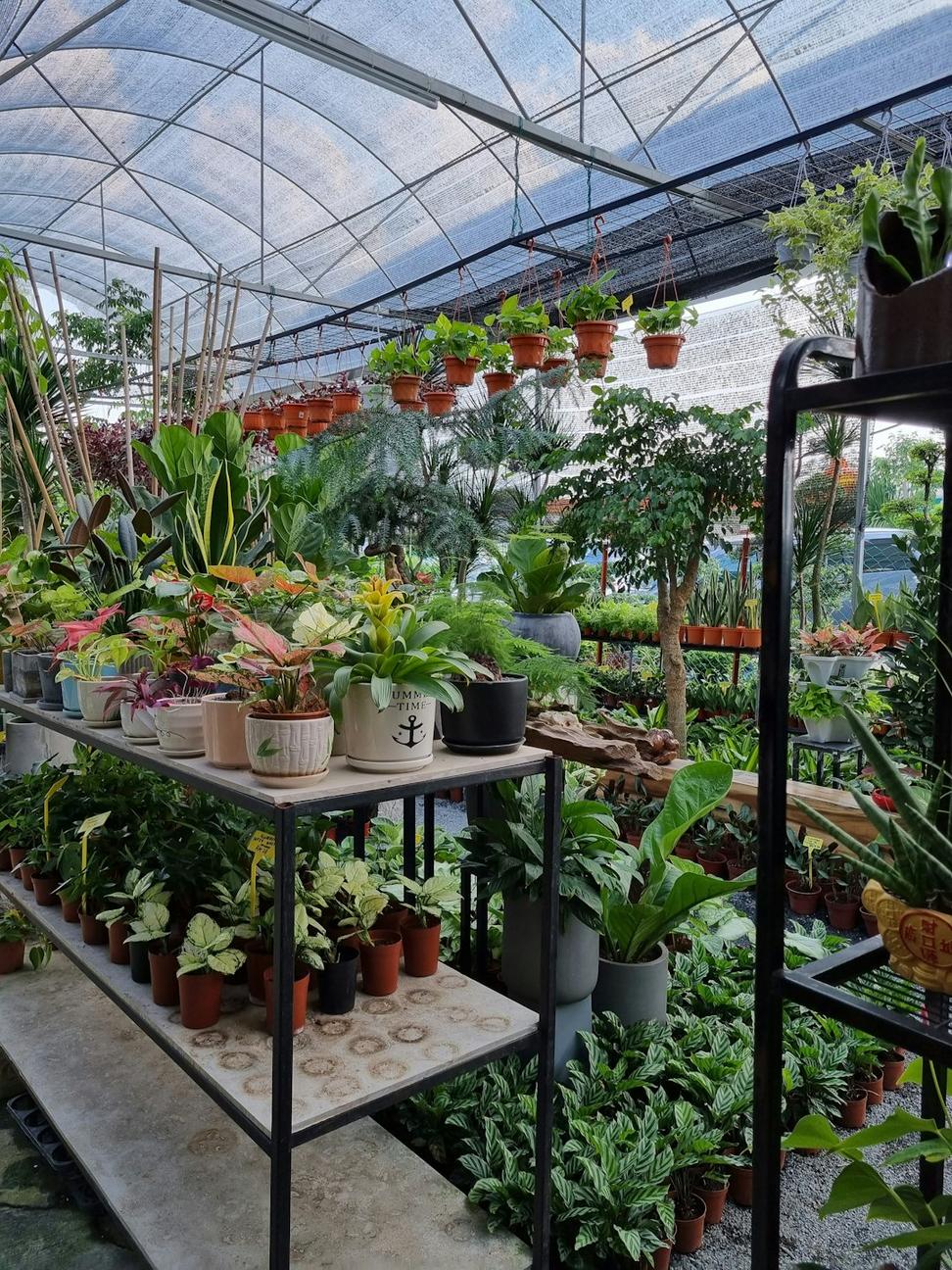
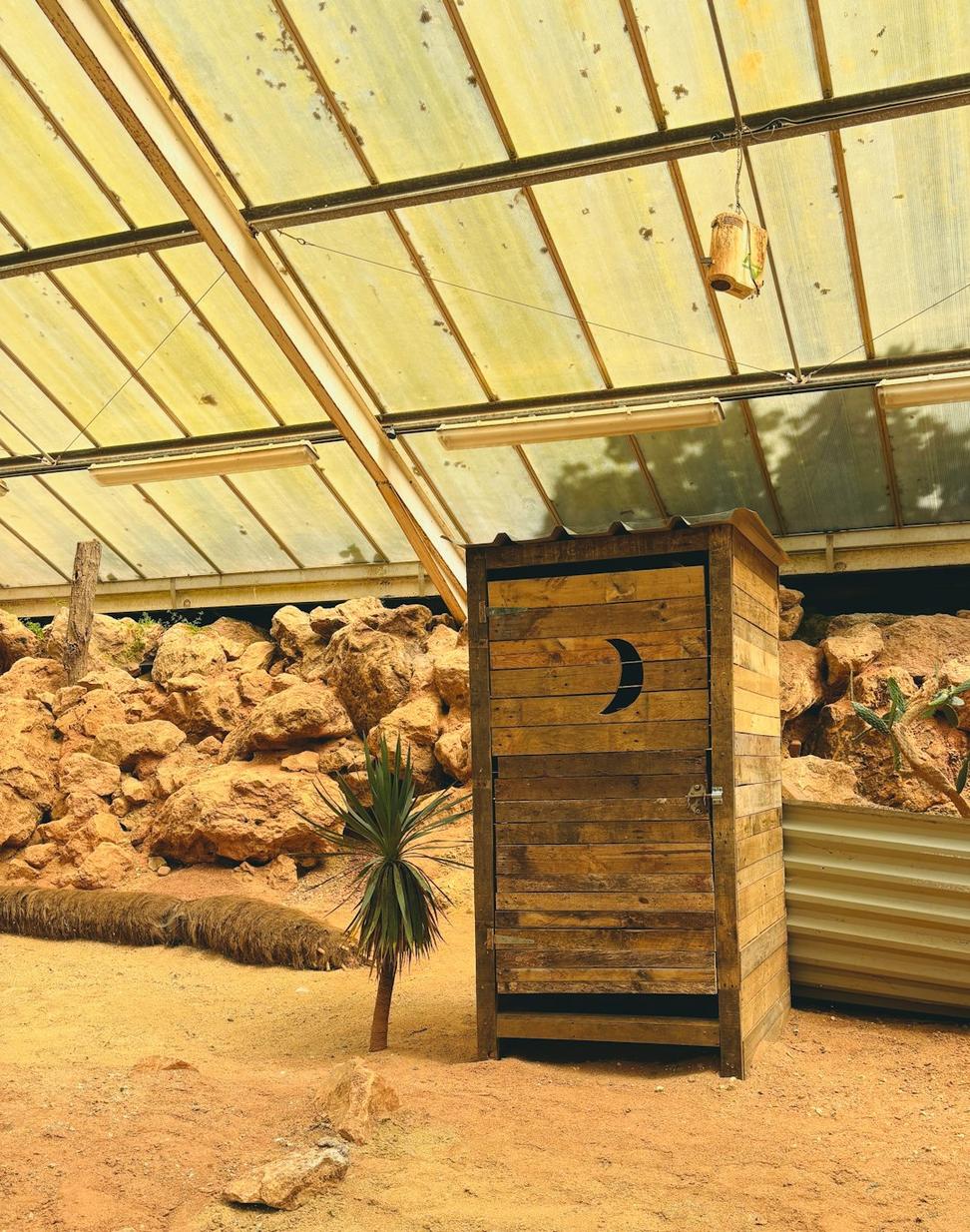
Location: Whistler, BC
Year: 2024
Size: 580 sq ft
Okay, this one was wild. Client wanted fresh herbs and greens through ski season at elevation. Everyone said we were crazy, but we love a challenge.
Key was connecting it directly to the house's geothermal system and using automated shade screens for those brutal sunny winter days when it'd spike to 30°C inside. We also beefed up the structure to handle serious snow load - had to, really.
They're now growing lettuce, kale, and even some dwarf citrus trees while there's 3 feet of snow outside. The look on their dinner guests' faces when they pick fresh basil in January? Priceless.
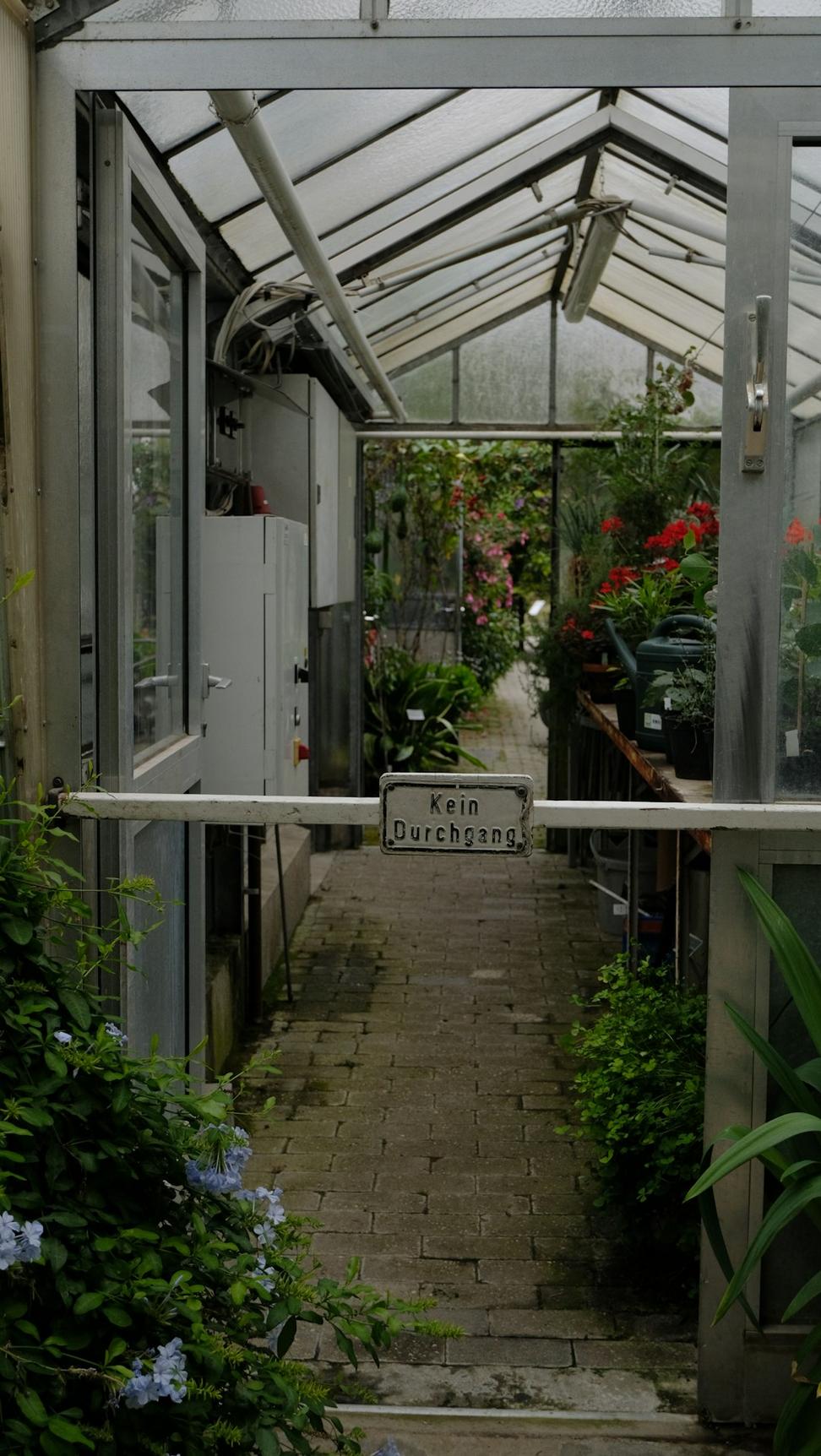
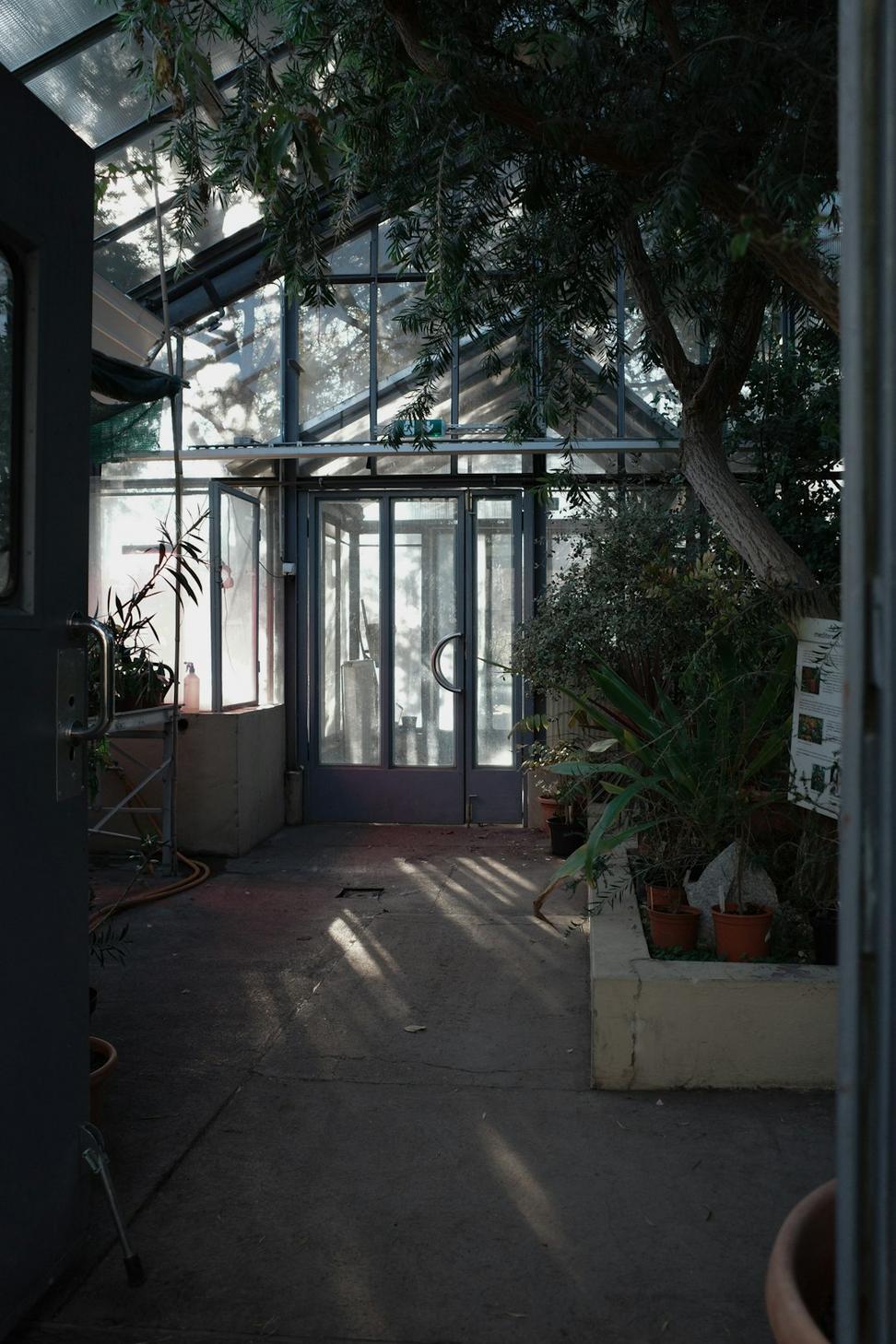
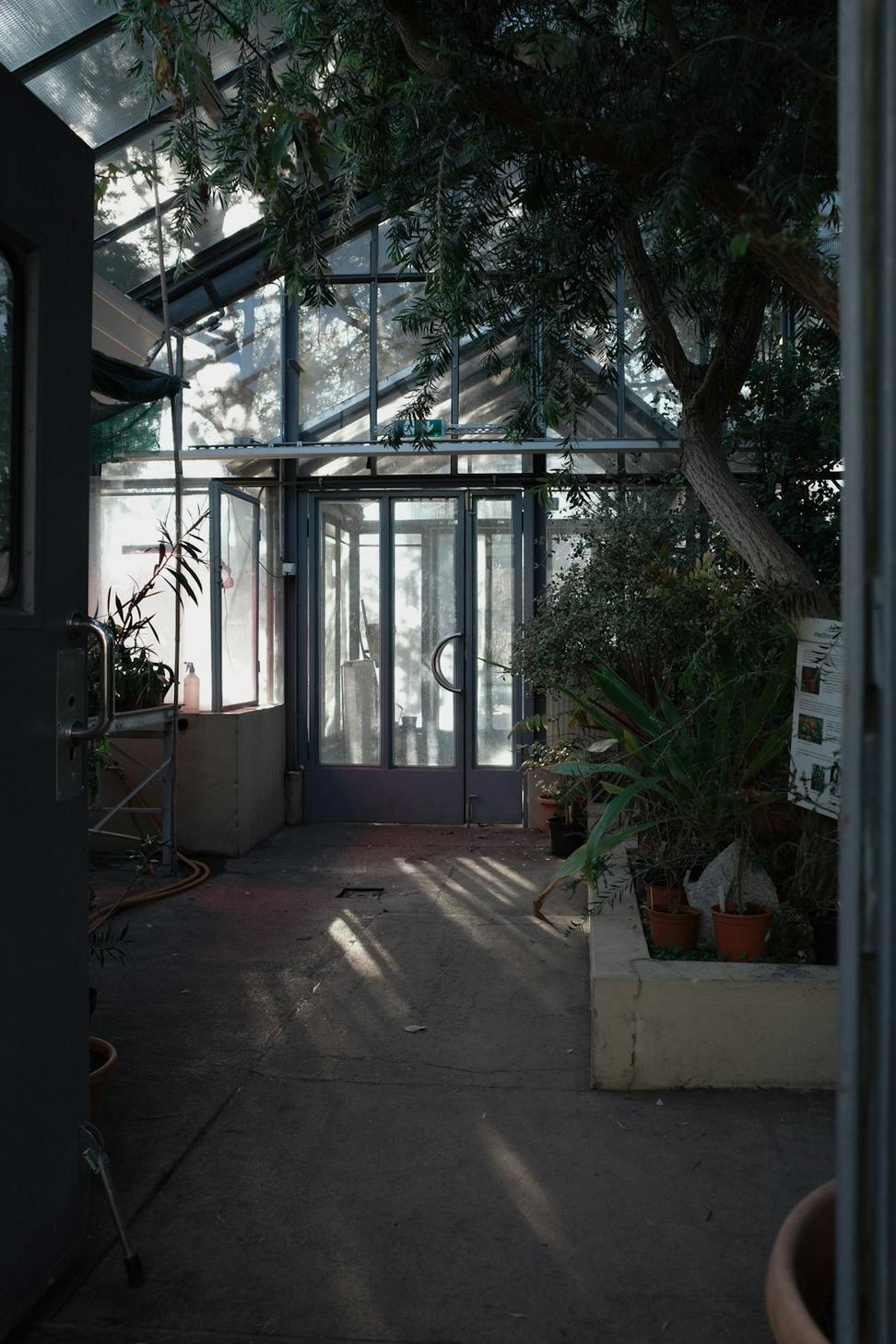
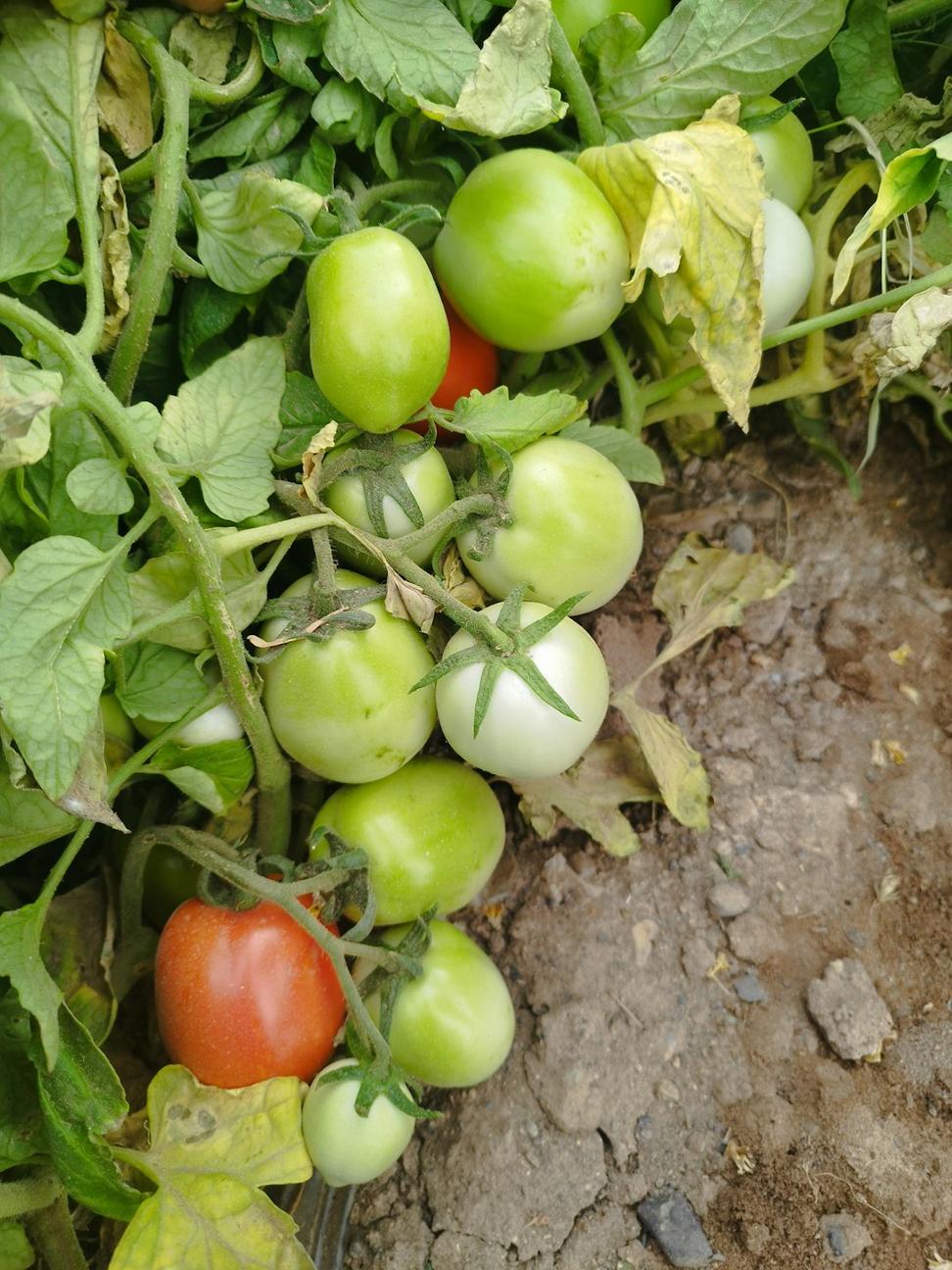
Location: Richmond, BC
Year: 2023
Size: 240 sq ft
This client had a tight budget but wanted something functional. We went old-school passive solar - insulated north wall, thermal mass barrels, the works.
It's basically a big solar collector that stores heat during the day and releases it at night. No fancy tech, just physics doing its thing. Only needs a small backup heater for the coldest weeks, and even then it barely kicks on. Total heating cost last winter? About $18.
We pull 10+ years of microclimate data for your exact location. Sun angles, wind patterns, frost dates - the stuff that actually matters once you're trying to grow food in February.
Heating, cooling, snow load, wind load - we run the numbers properly. Can't tell you how many greenhouses we've seen collapse or overheat because someone skipped this part.
Tying into your existing HVAC, adding automation where it makes sense, keeping things maintainable. No proprietary nonsense that'll leave you stranded in 5 years.
We're on-site for critical phases because details matter. One bad seal, one missed thermal break - that's the difference between success and failure in our climate.
What works on the coast won't work in the interior. Here's what we account for across different zones:
Let's figure out what'll work on your property. First consultation is free - we'll look at your site, talk about what you want to grow, and give you realistic expectations.